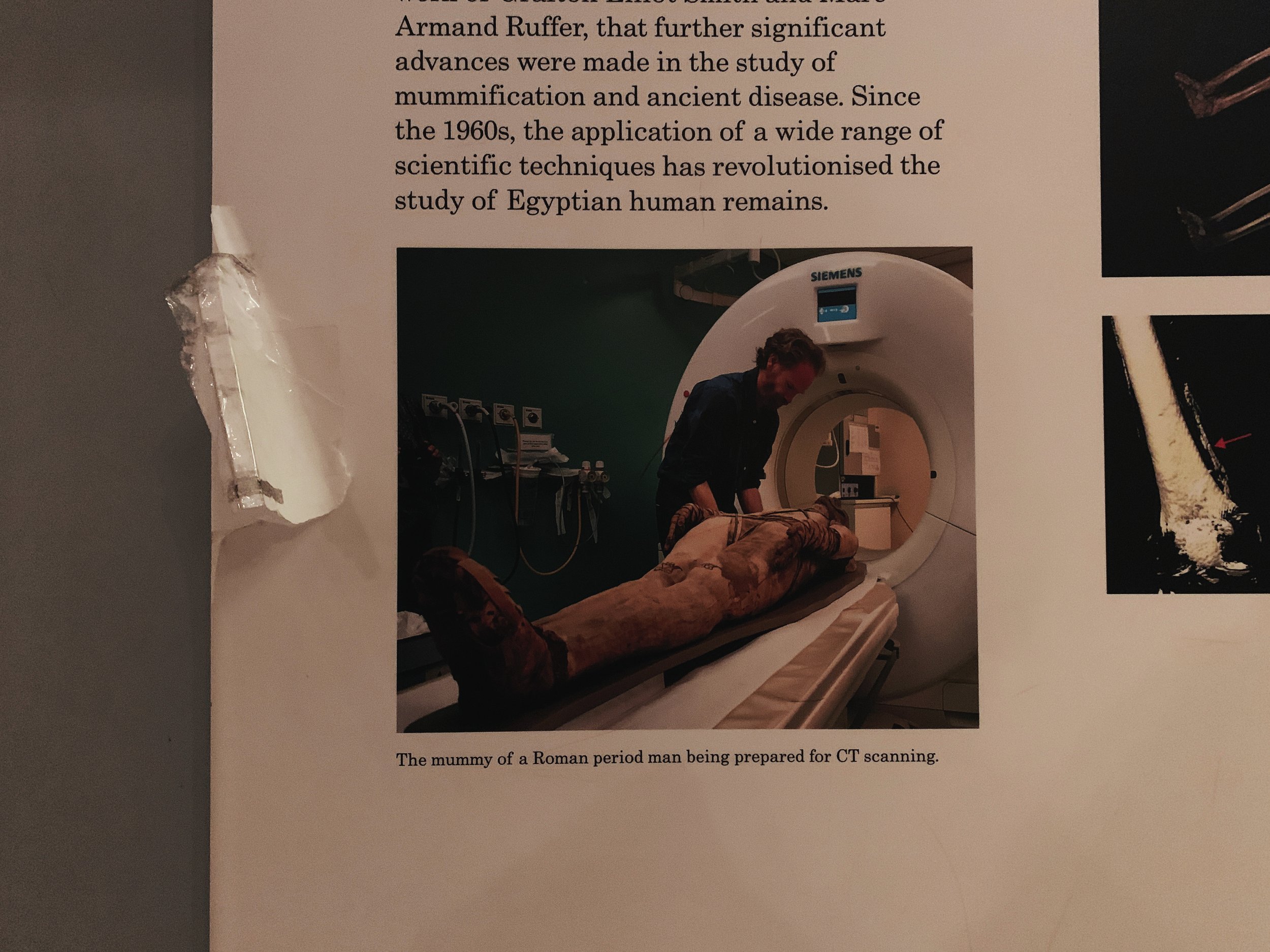and when I looked up his work I found this painting and the accompanying text:
Riddled with references and enigmas, Christian Hidaka’s work is a uniquely graceful journey through the history of painting, revealing an interpretation of it that is cerebral and sensual in equal measure.
The artist investigates the language of figuration and the representation of the picture plane. His work attempts a synthesis of two reference points: on the one side Renaissance painting, influenced by Euclidian geometry and the structure of the frame; on the other the limitless development of space and absence of a vanishing point, which we find in ancient Chinese calligraphic landscapes or in digital space.
and...
In extending a version of Trobairitz into the space of Le Grand Café, Christian Hidaka alters a key element of the original canvas: the main character of the composition, the Trobairitz, has gone missing. This gives the exhibition title, Desert Stage, its full meaning. The space appears to be waiting, standing by between two acts without its principal protagonist. Thanks to this absence, the visitor is completely free to become an actor in the composition, to invent herself or himself as the prospector in a pictorial fiction, and to circumambulate the cloisters with the theatrical backdrops.
and now I'll share an excerpt from the writing I'm working on:
The third research direction was largely shaped by a pair of texts from Byung-Chul Han called Good Entertainment: Deconstructing the Western Passion Narrative, and Shanzhai: Deconstruction in Chinese that cosmologically situated western art in its saturating Christianity and invited readers to look outside this grim cosmovision towards other paradigms for art making and receiving. For his research, he wanted to look at the relationship between Ukiyo-e, instagram and Occitan poetry, as popular arts that dealt with subordinated class relations, commentary, and the world of floating images. Part of this inquiry concerned itself with a 21st century street photographer called Daniel Arnauld, and a 12th century troubadour called Arnault Daniel, and asked questions like, is the Met Gala a contemporary form of courtly love? and, what do the quotidian images and words of instagrams’ cloud have to do with the popular imagery and comments in Ukiyo-e’s floating world?
Does this not give you chills all over? I'm adding Christian to the conversation. Christian, I learned today that Rory just published a book about an 8th century Anglo-Saxon queen who disappeared at sea, while I found myself in front of the remains of a buried 8th century Anglo-Saxon boat missing a royal body.
And we met in front of Poussin's dance to the music of time and learned we share an interest in 12th century troubadours, eastern art and the digital turn. And to make it that much more complex and fascinating, you did an exhibition about the disappearance of your troubadour protagonist! who likely appeared in one of the options for the autofictional account of a PhD proposal I'm considering.
As I mentioned earlier, when I was at delfina for lunch today, the host was talking about his relationship with an autonomous Zapotec village that Fred Moten recommended to me to visit—and i did. I wouldn't have thought much about it unless all of these other connections hadn't happened today. That experience actually inspired an essay called performative indigeneity and the shaman industrial complex, but we can set that aside.
I feel like some quantum cosmic black hole opened up on today, and all these troubadours, Zapotecs, Anglo-Saxon royalty, Euclidean grids and pictures from the floating world rushed in. Though I wonder if its not always the case and we're just too distracted to notice…















































